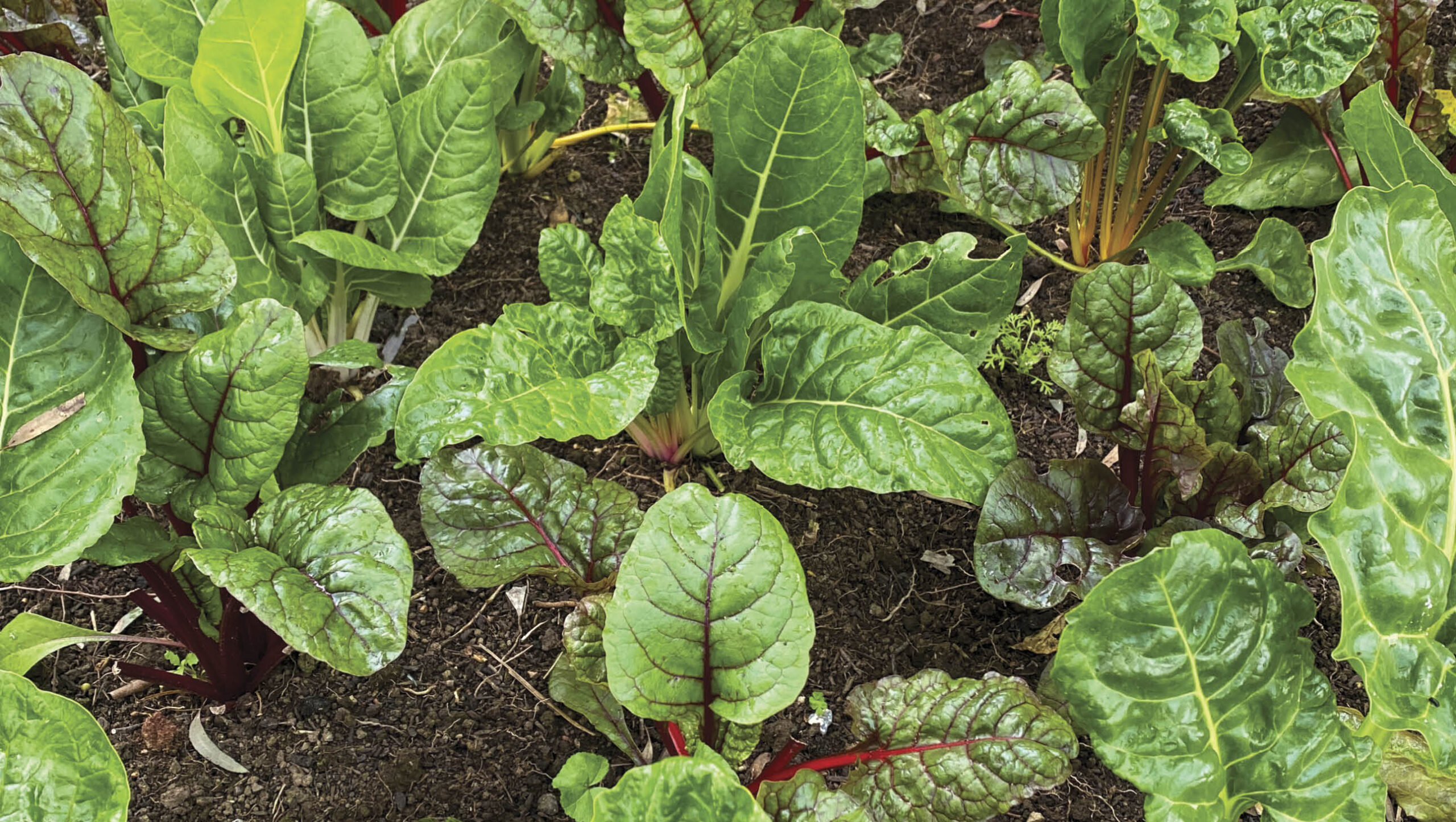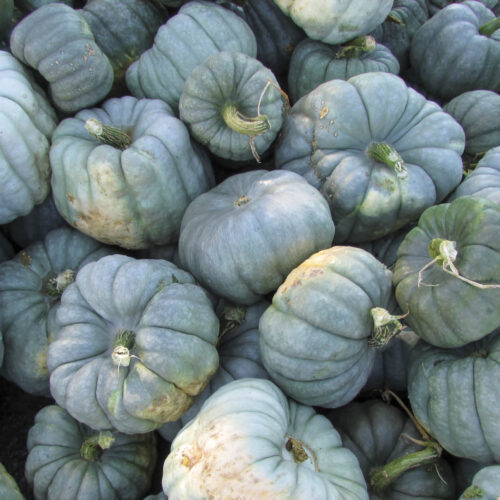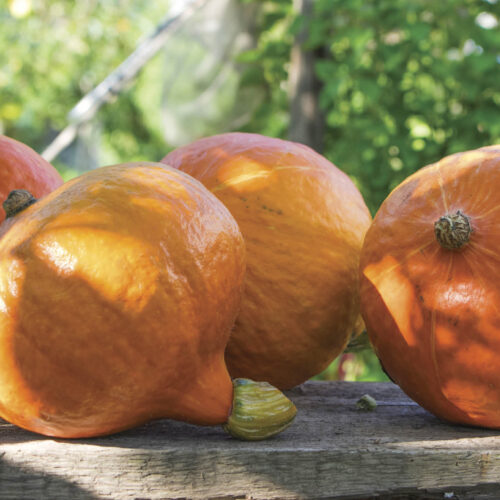How to grow silverbeet
2024-01-23T06:05:53+11:00
Karen Sutherland says this versatile veg is her steady, reliable, go-to plant, with its long harvest time and ability to self-seed. Here's her top tips for growing.
It may surprise some, but I consider silverbeet (Beta vulgaris) to be the most reliable and useful vegetable in my garden. Also called chard or Swiss chard, it’s easy to grow and productive over long periods (as long as it’s watered regularly). It’s also nutritious and very versatile in the kitchen. It’s long been cultivated and eaten across the world and here’s my top tips for growing in your backyard:
Propagation and growing
- Plant silverbeet as seedlings or seeds in a sunny position. In temperate or arid Australia, plant spring to autumn. In subtropics and tropics, growing in the cooler months is best as fungal diseases will limit success in summer.
- In temperate or arid Australia you can harvest for up to six months, although plants can last a year or more. Remove flowering stems when they appear, to keep plants producing longer.
- Sow seeds 10–15mm deep and 30–40cm apart. The large, woody seeds benefit from soaking overnight in diluted liquid seaweed before sowing. Keep moist while germinating and establishing. If you have pest problems, raise silverbeet in punnets, in seed-raising mix and plant out once established.
- Prepare soil by spreading 25mm of compost and 15mm of matured manure over the surface and incorporating well. If sowing seeds direct, rake surface to remove large clumps before sowing.
- Plant seedlings 30–40cm apart. Protect from snails and slugs by surrounding seedlings with crushed eggshells or use organic snail bait. If earwigs, slaters or birds are a problem, protect each seedling with a plastic pot with the bottom removed. For young plants, add 10mm of mulch to the soil surface, increasing to 50 mm deep as plants mature.
- Harvest leaves regularly at the base of the plant to encourage new growth and prevent older leaves dropping to the ground and becoming diseased. Liquid feed every two weeks to boost production.
You’ll find Karen’s full article with many more tips, including how to deal with pests and diseases, in our Early Autumn 2024 issue (OG 147).







